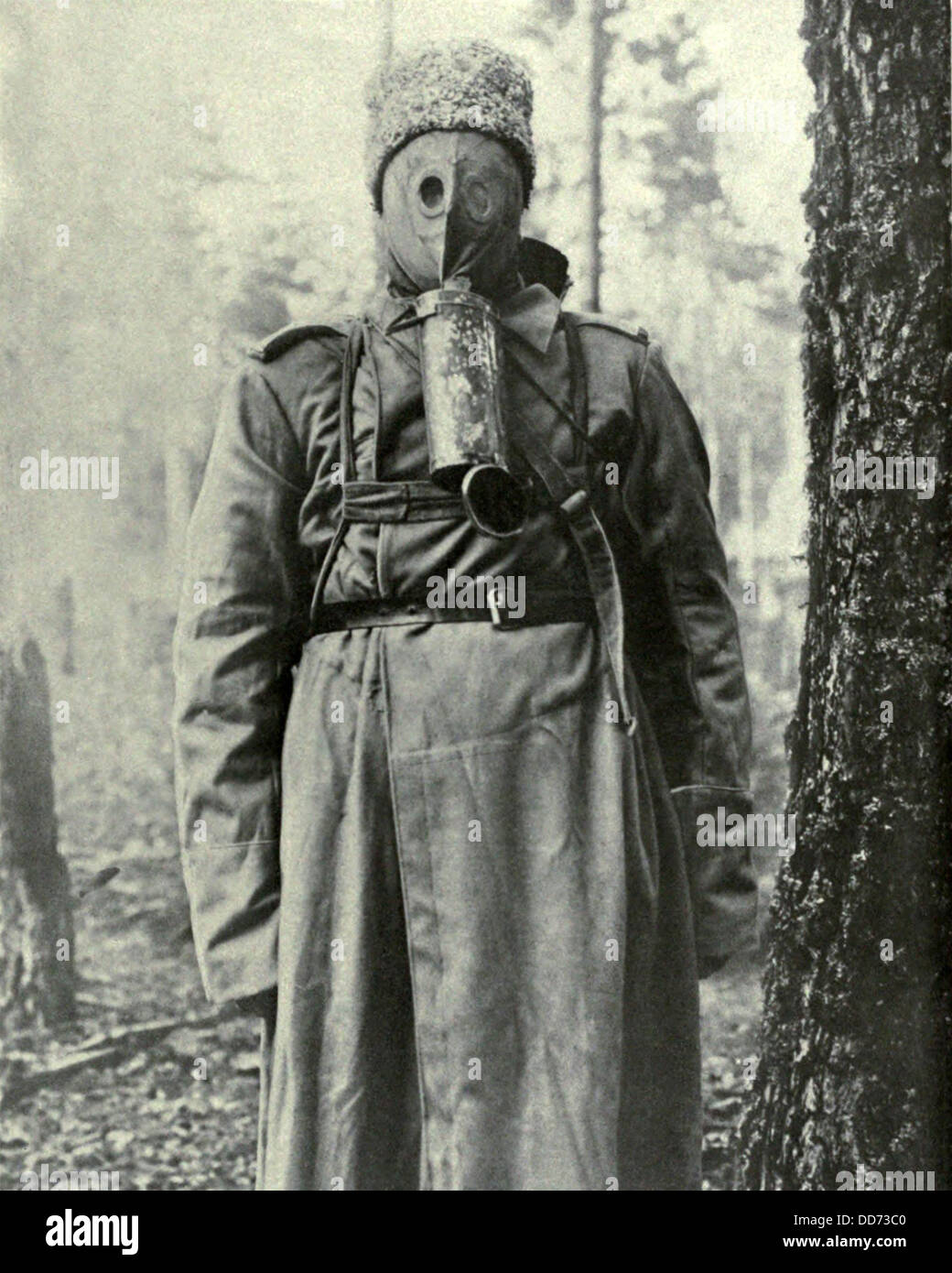
Use sharp scissors to trim away the seams where the leather was pressed togther at the top of the head and round off under the chin so it resembles a head shaped gas mask.ħ. Glue the eyes and nose/mouth in place on the mask.Ĩ. While the glue is drying on the eye and mouthpieces, cut thin leather straps from brown leather or use waxed thread or fine ribbon. Now paint to unify the colour of the assembly as/if required.Ħ. Now the glue on the mask should be dry, so carefully remove the leather mask from the cling film. You may need a more serious glue for this bit – a contact glue like UHU or tow-part epoxy resin both work fine. Then glue a bead or jewellery finding at the base of the tube too – it can be made to go into the box if you prefer. Glue suitable circular jewellery findings to the flattened top end, suitably sized to cover the mouth hole you punched in the mask leather earlier. Flatten one end of the straw and bend it realistically to one side. To make the mouth piece and hose, take the drinking straw and extend the bendy bit by pulling the straw gently until it is at maximum extension. Top tip! Working on cling film ensures you can peel the eyes off once they're dry.ĥ. Using PVA tacky glue to secure the lenses inside their frames. Edge each circular lens with wire or thread (you can use a small piece of black wire around the lens then a small brass jump ring around this to create the look).

Using the same hole punch, cut out two Perspex circles for the eye pieces. Allow the glue to dry.Ĥ. While the glue is drying make the eyes. Stretch the gluey leather over the head shape pinching it together at either side of the head and towards the chin as shown. Carefully cut these out with a hole punch.ģ. Spread the reverese or suede side of the leather with PVA tacky glue. Cut out a rectangular piece of leather approximately 2in x 1-1.5in and mark out the position of eyes and mouth. Leather is very forgiving and will take colouring and stretching very well. If you don't have a doll head or hat stand, a suitably sized bead with a cocktail stick through it works equally well.Ģ. If you don't have the right colour leather, use a lighter piece and paint or stain it. Cover the doll head or wig/hat stand with cling film to protect it from any glue, etc.

A 12th scale doll head, doll or hat stand.A picture of a real WW1 gas mask for reference.There were a lot of different kinds of mask used in WW1, so you can be fairly adventurous with your design.
#Crude gas mask ww1 how to#
Love exploring history in miniature form? Dolls House & Miniature Scene magazine is packed with projects to inspire from a wide range of eras – there's something for all tastes and interests! How to make your own WW1 gas mask and helmet Gas attacks didn't happen on the battlefields during WWII. The British small box respirator was first introduced to British soldiers in April 1916, a few months before the Battle of the Somme, and its value can be measured in the reduction of fatalities suffered as a result of poison gas. This crude non-rubberised mask gave some protection by being dipped in the anti-gas chemicals sodium hyposulphite, washing soda, glycerine and water.Īs the months passed and the use of poison gas occured more frequently, more sophisticated masks were developed and introduced. One of the early designs of the gas mask is shown below. The worst sufferers were the wounded lying on the ground, or on stretchers, and the men who ran away with the cloud. Standing up you often escaped any serious effects, whereas, lying down at the bottom of the trench was more lethal as the gas was denser near the ground. It quickly became clear that the men who stayed in their places suffered less than those who ran away from the gas, as any movement worsened the gasses effects. The killing capacity of gas was limited, however, and only 4% of combat deaths were caused by gas.

The main gases used were tear gas, mustard gas, phosgene and chlorine. Poison gas worked by killing indiscriminately as the general slow-moving or static gas clouds smothered the trenches.


 0 kommentar(er)
0 kommentar(er)
